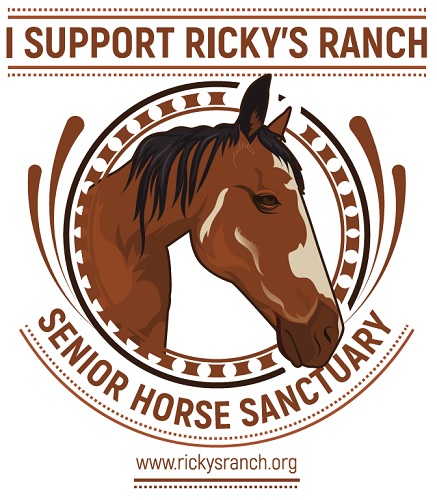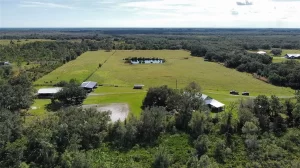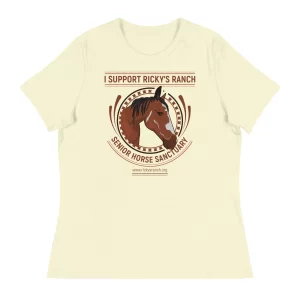Ricky’s Ranch Financial Goals:
We have one-time needs (fence rebuilds and repairs, barn repairs, 3-horse trailer, etc), and ongoing needs (feed, hay, grooming, supplements, farrier, veterinary, euthanasia)
To create a comprehensive financial plan for Ricky’s Ranch Senior Horse Sanctuary, it’s crucial to address both the immediate one-time needs for infrastructure improvements and the recurring operational expenses. Furthermore, the plan will incorporate a growth strategy to acquire an additional 5-10 acres and construct a multi-stall horse barn. This expansion will enable the sanctuary to accommodate more senior horses and enhance their care.
Initial Financial Assessment and Goals:
**One-Time Needs**: The sanctuary has significant one-time expenses required to upgrade and repair existing facilities, purchase essential equipment, and improve the overall infrastructure. The total estimated cost ranges from $40,000 to $50,000.
**Ongoing Needs**: Monthly operational costs are estimated to be between $3,500 and $5,000, covering feed, hay, grooming, supplements, farrier, veterinary care, and other miscellaneous items necessary for the daily management of the sanctuary.
Financial Plan:
Phase 1: Addressing Immediate Needs
**Funding Strategy**:
To cover the one-time needs, Ricky’s Ranch will seek grants from animal welfare organizations, initiate a crowdfunding campaign, and host fundraising events. Additionally, the sanctuary will explore partnerships with local businesses for material donations or services at reduced rates.
**Budget Management**:
Allocate funds carefully between the listed one-time needs, prioritizing those that directly impact the well-being of the horses, such as barn repairs and new fencing.
Phase 2: Operational Sustainability
**Revenue Generation**: To support ongoing costs, the sanctuary will implement several strategies:
– Adopt a sponsorship program where individuals or businesses can sponsor a horse.
– Offer community engagement programs, such as educational tours and horse care workshops, for a fee.
– Develop a merchandise line, selling products online and at local markets.
**Cost Management**: Regularly review and negotiate contracts for hay, feed, and other recurring expenses. Implement a volunteer program to reduce labor costs.
Phase 3: Expansion and Growth
**Acquisition of Additional Land**: To expand the sanctuary by 10-20 acres, a separate fundraising campaign will be initiated, targeting larger donors and applying for grants specifically for land acquisition.
**Construction or Purchase of Multi-Stall Horse Barn**: The cost of constructing a new barn will depend on size and specifications. Initial estimates should be obtained, and a dedicated fund for this project will be established. This fund will gather resources through specific fundraising activities, large donor outreach, and possibly financing options if necessary.
**Budget Allocation for Expansion**: The financial plan will include a detailed budget for the land purchase and barn construction, considering additional fencing, water supply, and other infrastructure needs. The sanctuary will also explore eco-friendly and cost-effective building options to reduce long-term operational costs.
Long-Term Financial Management:
**Regular Financial Reviews**: Conduct quarterly financial reviews to assess budget adherence, identify areas for cost savings, and adjust the financial plan as needed.
**Emergency Fund**: Establish an emergency fund to cover unexpected veterinary costs or critical repairs, contributing a small percentage of monthly donations.
**Community Engagement**: Strengthen community ties through regular updates on the sanctuary’s progress, showcasing how contributions are making a difference. This will encourage ongoing support and attract new donors.
Conclusion:
This financial plan provides a structured approach to meeting Ricky’s Ranch’s current needs, ensuring operational sustainability, and planning for future growth. Through a combination of fundraising, careful budget management, and community engagement, the sanctuary can continue to provide a safe and caring environment for senior horses.
Hay It Forward:
Also an important goal of ours is to provide Hay and Feed, and needed veterinary and farrier to area people on fixed income, who cannot afford much feed for their horses. $2,000 – $3,000 per month. or TBD as budget allows.


